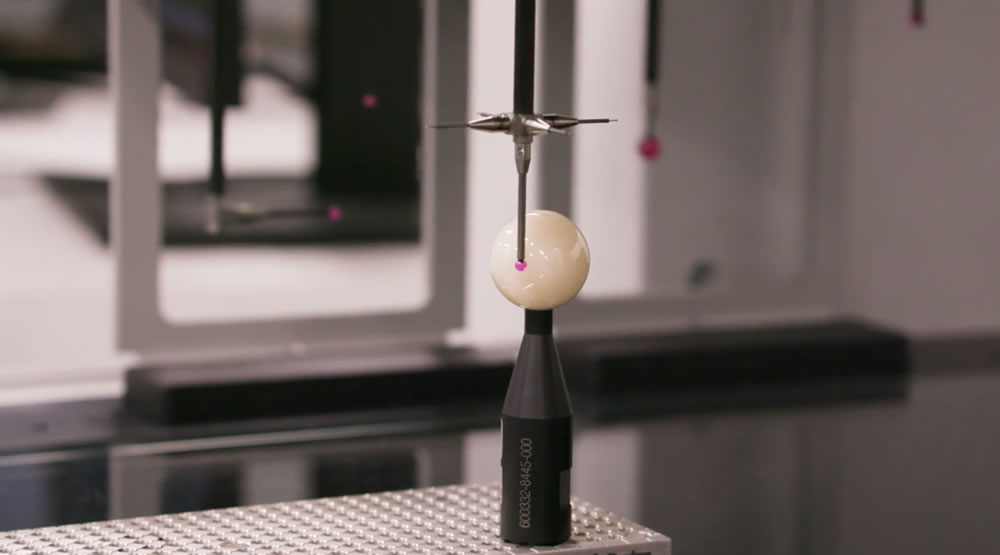Successful first article inspections are essential to successful medical device manufacturing.
As part of first article inspection (FAI), medical device manufacturers inspect the first part off a machine to ensure results meet requirements and that the part will work as designed. This inspection builds customer confidence in the manufacturing process, and results are incorporated into the medical device file.
The best first article inspections are a collaboration between the contract manufacturer and the OEM. This starts with the first meeting to discuss the device being made and carries through to when final manufacturing data is delivered.
In our column for Orthopedic Design & Technology, “Keys to a Successful First Article Inspection,” we share four insights for improving FAI that we’ve learned in our decades manufacturing complex medical devices.

#1: Successful medical device FAIs start with a well-communicated plan between the manufacturer and the OEM.
Because FAI requirements are unique to each OEM, it’s important to document requirements and expectations at the start of the project.
Make sure to discuss the method of inspection and how certain features will be measured. This is especially important for interior features, when a part may need to be cut in half to measure it.
#2: Provide samples of parts to clarify subjective features like shiny, sharp and coloration.
Subjective features like shiny, sharp and coloration are best measured where there is a representative sample for comparison. This is even more important if you’re working with multiple manufacturers because you can ensure consistency in fit, form and function across suppliers.
#3: Verify how the inspection results are presented.
Similar to how each OEM has different FAI requirements, there is a lot of variation in presenting inspection results. Some companies have inspection forms, and others rely on reports from suppliers.
Talking through expectations—from how many decimal points data should have to the order of paperwork—can help ensure better success the first time.
#4: There may be opportunities to improve FAI by adjusting medical device designs for manufacturability.
Manufacturers often fine tune the manufacturing process of a part before FAI data are presented to the OEM. During this time, the manufacturer may discover new ways to improve manufacturability of the part and share these for consideration.
Tolerances and tolerance stackups are two big manufacturability opportunities that may impact design. For example, it may be possible to loosen a tolerance so it’s easier to manufacture and pass FAI—without changing the device’s function or design intent.
With strong collaboration, OEMs and contract manufacturers can work together to improve the FAI process, which can often be complex.
To learn more about building a successful first article inspection with your medical device manufacturing partner, read our FAI column in ODT, or contact us at (763) 425-3355 or requestinfo@lowellinc.com.

